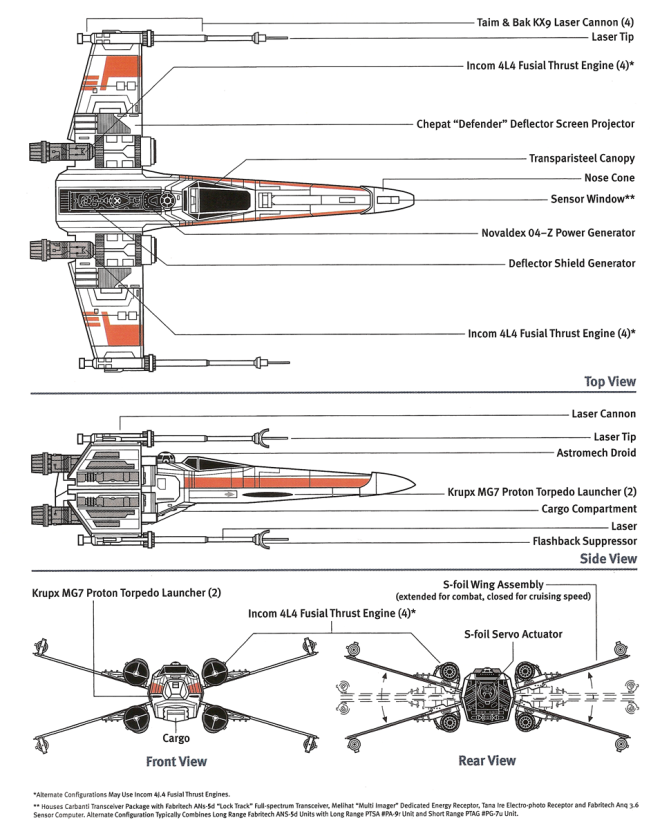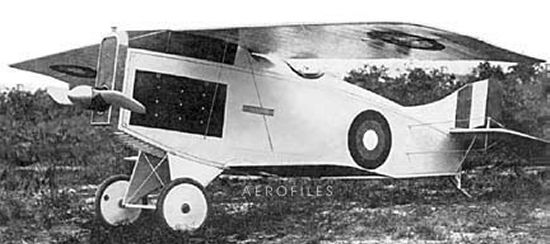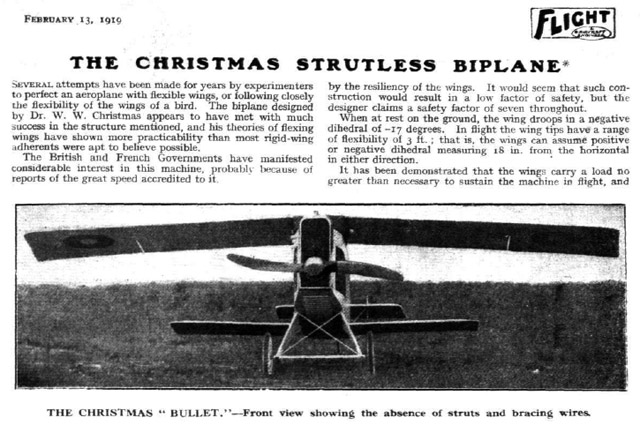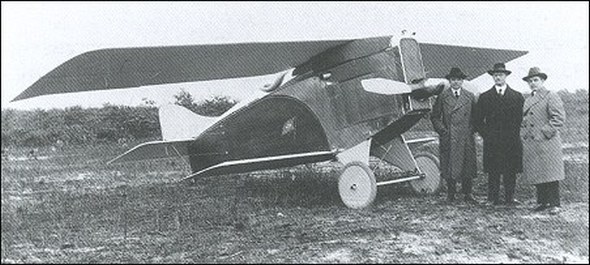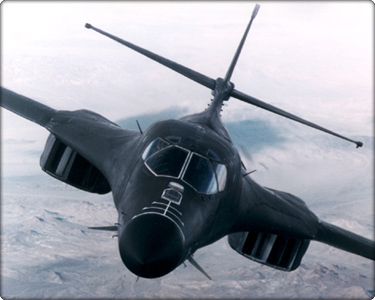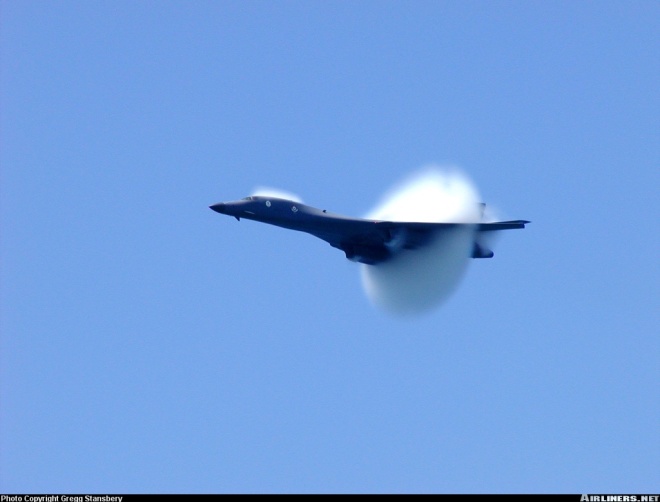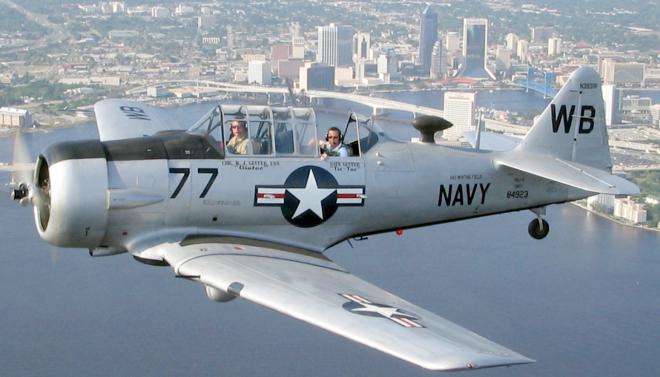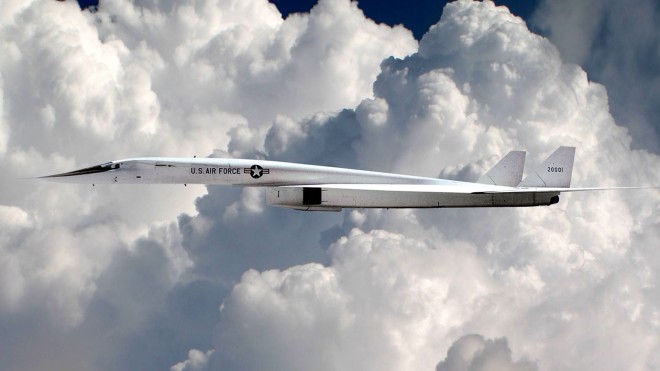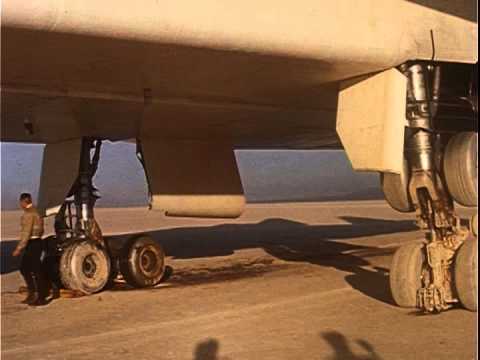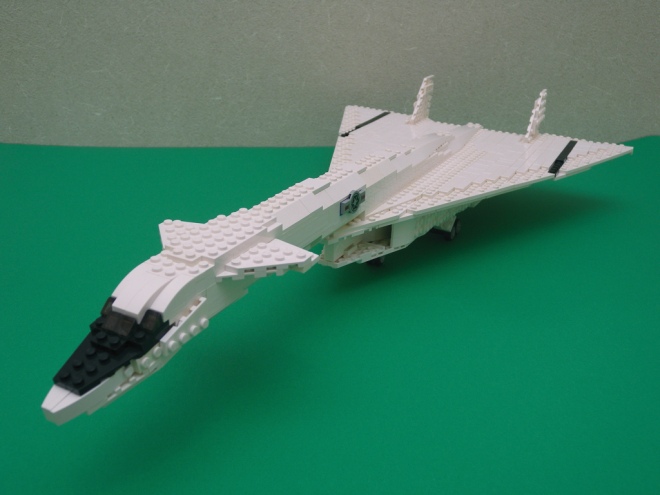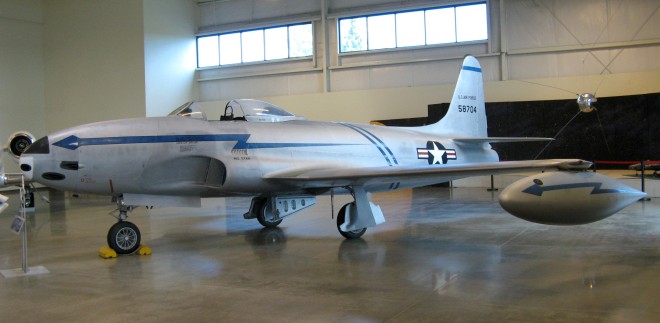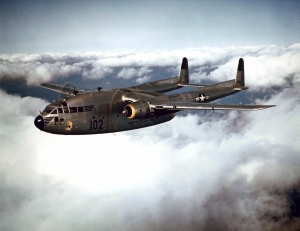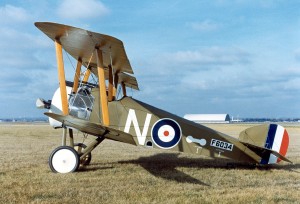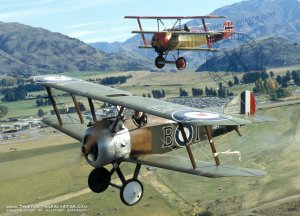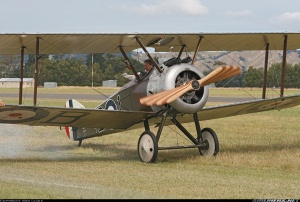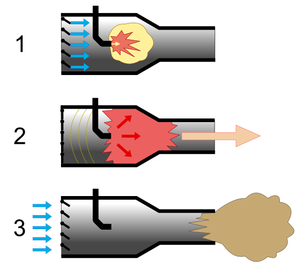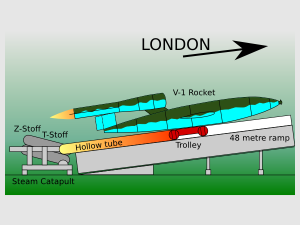This week’s plane of the week is the fictional Incom-FreiTek T-70 X-wing starfighter, as seen in Star Wars Episode 7. Brought to you absolutely spoiler-free by the Mos Eisley Chamber of Commerce. Visit Mos Eisley! You’ll never find a more wretched hive of scum and villainy!

This X-wing fighter is a fictional starfighter from the new Star Wars movie. It is depicted as the primary “warplane” of the Resistance. It is used in Star Wars: The Force Awakens in roles similar to that of American “Attack” planes such as the A-10 or the F/A-18.
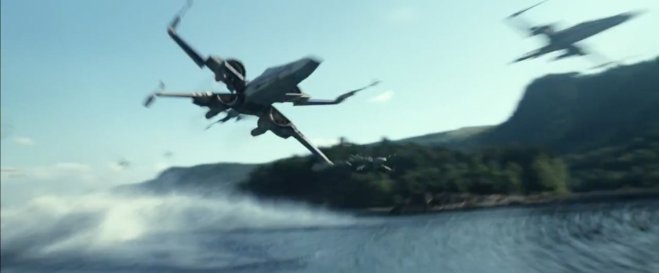
Fictional politics time! Just a short explaination of the three main groups in The Force Awakens, making the rest of this article easier to understand.
There are three main groups in Episode 7. The most important group is the Republic. This is the government of the Star Wars galaxy. The First Order is a militant faction formed from the remains of the evil Galactic Empire from the original trilogy. They want to take over the galaxy and “finish what [Darth Vader] started”. The Republic refused to do anything about the First Order’s attacks, so General Leia Organa Solo (formerly Princess Leia of the original trilogy; played by Carrie Fischer) formed the Resistance to “resist” the First Order. A few rich supporters of the Resistance donated a fleet of T-70 X-wings, and here we are. This will be an overview of the T-70 and a comparison of the T-70 to its predecessor, the T-65.

The Incom-FreiTek T-70 X-wing starfighter was in use by the Resistance 30 years after the Battle of Endor. By that time, it had been replaced in New Republic service by the T-85 X-wing. The Resistance was unable to build sufficient numbers of the T-70, and had to rely on covert New Republic support. (The T-85 does not appear in the film and as such, I don’t have to write about it. It has been claimed that Poe Dameron, Black Leader, flew a T-85, but the same site also said elsewhere that his X-wing was a T-70, so I’ll just go with that. The T-85 was an even newer and better version of the X-wing than the T-70.)
The craft were donated by sympathizing members of the Republic, and the Resistance operated a fleet of the X-wings out of their base on D’Qar. Blue Squadron had their X-wings stationed in a hangar at the base.

The T-70 X-wing fighter model was on display at 2015’s Star Wars Celebration Anaheim, which gave its model name and that it was used by the Resistance. The fighter has appeared in both Star Wars: Episode VII The Force Awakens teaser trailers. The X-wing was one of the exclusive blueprints in Star Wars: Ships of the Galaxy, released on Force Friday on September 4, 2015.



For Episode VII, at least one full-size mockup was built for scenes. The design of the T-70 X-wing fighter strongly resembles the early design of the first X-Wing seen in the original concept art done by Ralph McQuarrie for A New Hope, although the resemblance was only discovered after the design was finalized. At one point, the concept artist “Visualists” were thinking about a two-person craft. In my opinion, that would be stupid.


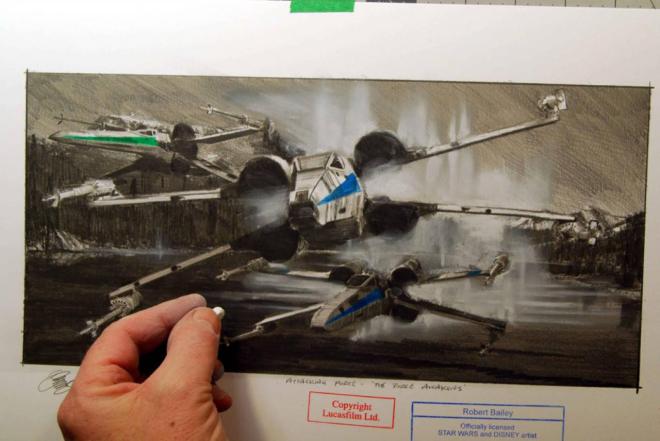
And now, a comparison:
First, a visual inspection. The most noticeable difference is that the engine intakes are half-circles instead of full circles. This was, as noted above, an unintentional throwback to the original Rlaph McQuarrie sketches. When the wings are closed, the four engines make two full circles, one on each side of the fuselage. Another difference are the proportions. I thought the wings looked shorter and opened narrower than the originals. My personal favorite difference was the inclusion of a spotlight below the cockpit and several running lights elsewhere on the ship. It made them seem more realistic and practical than the original X-wings. Lastly, the body shape was more flowing, with a rounded tail end and a smoother, flatter canopy. The craft was 12.48 meters long. No weight is given but it is probably close to the original X-wing’s 10 tons.

The craft is armed with four Taim & Bak KX12 laser cannons over the original’s KX9s. It also has a pair of missile launchers in the fuselage that can fire various types of missiles and torpedoes and a pop-up laser blaster on the underside of the fuselage. I do not know what kind of engines the T-70 has for sure. When I was looking at Wookiepedia for information on the T-65 X-wing, I found the page for the T-70 and it said the T-70 had Incom 5L5 fusial thrust engines similar to the T-65’s 4L4 engines, but it now simply says, “4 ion engines”. I would be inclined to compromise and say that perhaps it uses Incom 5L5 ion engines. Unfortunately, no price is listed. The T-65’s price was listed, but there is no price for the T-70. Maybe that’s because the Resistance got them for free! I want a free X-wing!

Consensus: I actually like the new X-wings better. Maybe because they seem more realistic, or maybe because modern special effects can make them do so much more. I mean, the original trilogy dogfights were basically just a pilot lining up behind another pilot and shooting, while the new X-wings are just so much more… Dynamic, I guess.
Next week: back to the real world with Top Gun.

Links: (copy, paste, and remove parenthesis)
Cool motorized LEGO X-wing:
(https://m.youtube.com/watch?v=zCECgoGWNCc)
LEGO T-65 vs T-70 comparison:
(https://m.youtube.com/watch?v=gPRrMJ97hno)
Star Wars: The Force Awakens trailer featuring the new X-wings in action:
(https://m.youtube.com/watch?v=sGbxmsDFVnE)




